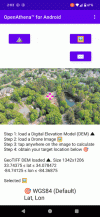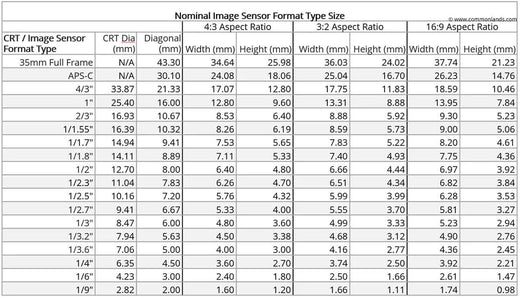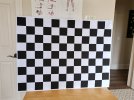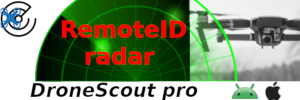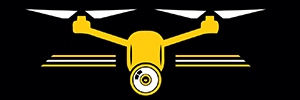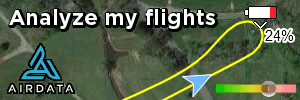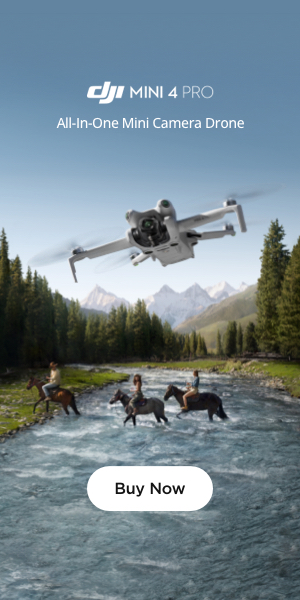Is there a definitive source for DJI drone camera specifications such as sensor size (in pixels) or true focal length (not the 35mm equivalent)? I know that DJI specifies the camera's sensor size using notation such as 1/1.3 but I am looking for the actual sensor size in mm for all DJI drones. While I have found some sources for this information, too often, the sources appear to be conflicting. For example, this site lists the sensor size for many DJI drones:

 www.djzphoto.com
www.djzphoto.com
On that page, the Mavic 2 Pro is shown to have a 13.2x8.8mm sensor. However, the Ground Sampling Distance (GSD) calculator on this page shows the Mavic 2 Pro sensor to be 12.8x9.6mm:
Yet, this GSD calculator agrees with the Mavic 2 Pro sensor size found on the DJZphoto page:

 www.pilotbyte.com
www.pilotbyte.com
I could provide more examples for other drones, but I hope you get the idea that there appears to be plenty of inconsistent information available.
So far, my web searching has failed to turn up a definitive source for this type of information. Does anyone know if a reliable source is available?

DJI Drone Sensor Size Comparison Page — Aerial, Landscape, Real Estate & Architectural Photographer near Grand Rapids Michigan - DJZ Photography
A graphical view of the various sensor sizes in DJI camera drones, along with photo and video specs available in different models.
On that page, the Mavic 2 Pro is shown to have a 13.2x8.8mm sensor. However, the Ground Sampling Distance (GSD) calculator on this page shows the Mavic 2 Pro sensor to be 12.8x9.6mm:
Yet, this GSD calculator agrees with the Mavic 2 Pro sensor size found on the DJZphoto page:

GSD Calculator
 www.pilotbyte.com
www.pilotbyte.com
I could provide more examples for other drones, but I hope you get the idea that there appears to be plenty of inconsistent information available.
So far, my web searching has failed to turn up a definitive source for this type of information. Does anyone know if a reliable source is available?




